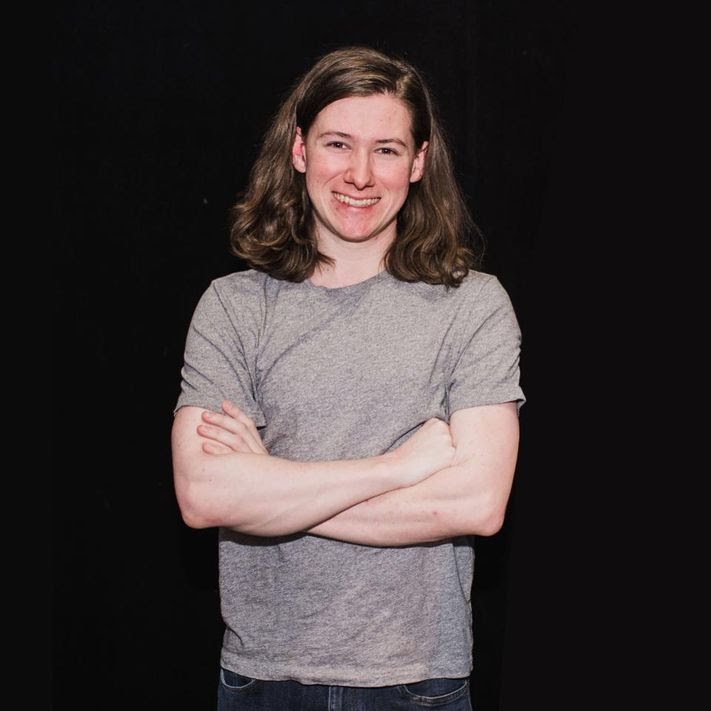Arriving at the University of Waterloo, I initially thought that a career in academia was the primary path to utilize my physics education. Still, I quickly found that I could apply what I was learning in my physics degree in a variety of ways to fit my passions and long term goals better.
While I eventually shifted away from academic research, the core of what made it attractive to me, trying to solve challenging problems, is what led me to find fulfillment in entrepreneurship and designing games ultimately.
I had always been fascinated with automation, and this moment definitively set me on a path to making programming a primary tool in my problem-solving arsenal.
Minshull: After developing a more profound interest in programming and its potential as a tool for solving problems, I transitioned my focus in later internships towards software development. I was fortunate to work on a team where I was empowered to make significant contributions to a software tool used to assemble projector mapping exhibits. Specifically, I worked on a software tool that let NHL and NBA stadiums automatically and seamlessly transition between projecting images onto very different playing surfaces (hockey rink and basketball court) that are continually being swapped. It was here that I was able to mature into a more confident developer while simultaneously leveraging a lot of my physics expertise in developing the software.
My entire life, I have had a passion for playing and dissecting video games. Since becoming a programmer and furthering my understanding of physics, I felt a new dimension appear as I was able to not only piece together what qualities made a game enjoyable but also how it was likely built.
In my final year at the University of Waterloo, I was presented with the opportunity to pursue making games through entrepreneurship with my co-founder of Gamelynx, Alexander Mistakidis. I was excited to test my skills in this endeavor, and I knew it was a challenge that I wanted to pursue full-time.
Daso: How have you managed to use the experience gained in your R&D software job designing elaborate lighting systems to build mobile games at Gamelynx?
Minshull: The skills I learned both in working in R&D software and academic research have been immensely helpful in my pursuit of building games.
Specifically, on the technical side, much of how game engines work is reflected in the software used for projection mapping. For example, understanding and developing shaders (graphical programs that help render virtual geometry to the pixels on your screen) are immensely similar to the flight simulation code I worked on when simulating projection mapping installations.
But also on a broader level, I find parallels between the mindset used in research to the one used in entrepreneurship. Both involve contrarian thinking with an emphasis on results through creative means.
Daso: When it comes to being a new game studio, you have to build a lot of internal tooling from scratch. What’s your thought process on investing a significant amount of time into creating such infrastructure when gaming behavior is rapidly changing?
Minshull: Games, in particular, can take a lot of iteration, which users are unaware of, on the path to finding something entertaining. Part of being able to get compelling gameplay and content to users quickly requires fast experimentation.
Almost every time we build something into a game, we are thinking about the development of the possible directions we will take going forward, and tailoring how we build accordingly. Throughout a project, we are not only able to finish it faster using the tools we made along the way, but we develop an ever-increasing toolbox for the future.
Daso: In our earlier conversations, you mentioned the phrase “speed through craftsmanship.” How do you apply that concept to game development, given the long hours and rapid iteration pace?
Minshull: To do more with such a small team, we believe investing in tooling while making games is key to creating a fun product within time constraints. The most significant opportunities for this on our team are finding tedious tasks that consume a lot of time, and also ways we can improve the rate of iteration.
One crucial area we focused on streamlining was the time between game design changes and additions, and being able to playtest these changes. This has meant fully optimizing our build pipeline for speed, as well as designing systems to let us make not only value changes but also game mechanic modifications without compiling an update.
In the fast-paced environment of making and testing games, this investment can turn days of internal playtests to hours when, for example, nailing down a new character. By being able to make these tweaks on the fly as our team playtests and gives feedback, we skip development cycles and get to where we need much faster.
Daso: What would be your advice to individuals interested in pursuing in-depth, technical software game development based on your journey?
Minshull: While I have had many opportunities to work on interesting technical problems, these are nearly always undertaken by teams of people. My advice to individuals interested in pursuing any deep technical endeavors is to equally value the development of your non-technical and interpersonal skills that will help you be a valuable team member and leader.
Over the years, communication, management and networking skills have been as fundamental as math or programming in approaching every endeavor. Looking towards the future, these are areas where I seek to improve myself just as much as I’m excited to develop new technical expertise.
